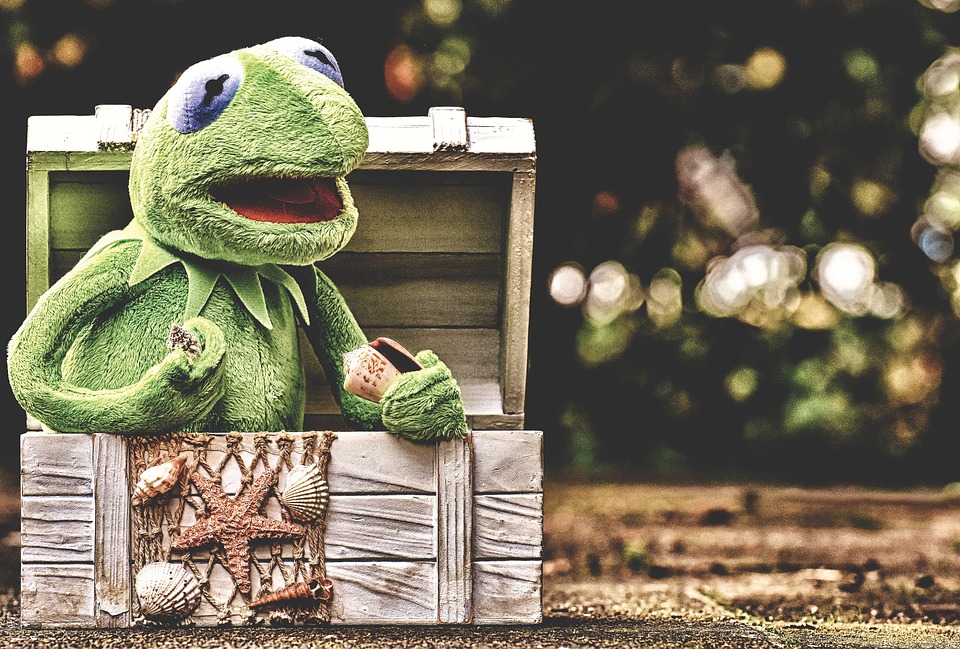**Title: Supporting Fish Response to Aggressive Tank Mates: Understanding Fish Behavior**
**Introduction:**
Fish aggression is a common occurrence in aquariums, often arising from territorial disputes or incompatible tank mates. As an aquarium enthusiast, it is crucial to comprehend fish behavior and implement strategies that promote a harmonious tank environment. This article aims to explore various aspects of fish behavior and provide insights on how to support fish response to aggressive tank mates.
**I. Understanding Fish Behavior**
1.1. Fish Social Structure:
Understanding the social structure of fish species is vital in creating a compatible tank environment. Some fish species are solitary, while others thrive in groups. Researching each species’ social behavior will help identify potential aggression issues.
1.2. Factors Influencing Aggression:
Several factors can influence aggression among fish, including breeding behavior, competition for resources like food or territory, and individual fish temperament. Recognizing these factors can aid in preventing aggressive behaviors.
1.3. Recognizing Aggressive Behaviors:
It is crucial to identify the signs of aggression, such as chasing, biting, fin nipping, or body flaring. By paying close attention to these behaviors, you can intervene promptly and prevent potential harm to tank mates.
1.4. Impact of Stress on Fish Health:
Aggressive interactions and an unsuitable tank environment can lead to stress in fish. Prolonged stress weakens the immune system, making fish more susceptible to diseases. Understanding the impact of stress on fish health emphasizes the importance of creating a stress-free environment.
**II. Strategies to Support Fish Response**
2.1. Tank Size and Layout:
Providing an adequately sized tank with appropriate layout and hiding spots is crucial. A larger tank reduces territorial disputes and provides fish with enough space to establish territories, decreasing aggression.
2.2. Proper Species Selection:
Choosing compatible fish species is essential in minimizing aggression. Researching the temperament, size, and compatibility of potential tank mates will help create a harmonious community.
2.3. Providing Hiding Spots and Territories:
Creating hiding spots and territories within the tank helps reduce aggression by providing fish with areas to retreat and establish their space. Adding plants, caves, or aquarium decorations can serve as hiding spots.
2.4. Introducing Tank Mates Gradually:
Gradually introducing new fish to an existing community allows them to acclimate and establish a hierarchy, minimizing aggression. Quarantining new fish before introducing them to the main tank can also prevent the spread of diseases.
2.5. Balanced Feeding and Nutrition:
Proper nutrition plays a vital role in fish health and behavior. Providing a balanced diet and avoiding overfeeding can reduce aggression caused by competition for food.
2.6. Monitoring Water Parameters:
Regularly monitoring water parameters such as temperature, pH, ammonia, and nitrate levels is essential for maintaining a healthy tank environment. Poor water quality can contribute to stress, which may escalate aggression.
2.7. Observing and Responding to Aggressive Interactions:
Regular observation of fish behavior allows for prompt intervention in case of aggressive interactions. Separating aggressive fish or employing distraction techniques can prevent further harm to tank mates.
**FAQs: Frequently Asked Questions**
The article includes a series of commonly asked questions and provides concise answers to each query. The FAQs cover topics such as identifying aggressive fish species, signs of stress in fish, the possibility of eliminating aggression entirely, and methods to reduce aggression naturally.
**Conclusion:**
Creating a peaceful and harmonious aquarium environment requires a comprehensive understanding of fish behavior and the implementation of appropriate strategies. By considering factors such as tank size, species compatibility, hiding spots, and gradual introductions, fish response to aggressive tank mates can be supported. Regular monitoring, proper nutrition, and timely response to aggressive interactions will help maintain the overall health and well-being of your aquatic pets. Patience and observation are key to creating a thriving aquarium community.









